Potřebujeme váš souhlas k využití jednotlivých dat, aby se vám mimo jiné mohly ukazovat informace týkající se vašich zájmů. Souhlas udělíte kliknutím na tlačítko „OK“.
ASTM D7260-12
Standard Practice for Optimization, Calibration, and Validation of Inductively Coupled Plasma-Atomic Emission Spectrometry (ICP-AES) for Elemental Analysis of Petroleum Products and Lubricants
Automaticky přeložený název:
Standardní praxe pro optimalizaci, kalibraci a validaci indukčně vázanou plazmou, atomová emisní spektrometrie (ICP-AES), pro elementární analýzu ropných produktů a maziv
NORMA vydána dne 1.6.2012
Informace o normě:
Označení normy: ASTM D7260-12
Poznámka: NEPLATNÁ
Datum vydání normy: 1.6.2012
Kód zboží: NS-38015
Počet stran: 10
Přibližná hmotnost: 30 g (0.07 liber)
Země: Americká technická norma
Kategorie: Technické normy ASTM
Kategorie - podobné normy:
Ropné produkty všeobecně
Maziva, průmyslové oleje a odpovídající výrobky
Anotace textu normy ASTM D7260-12 :
Keywords:
elemental analysis, emission spectrometry, fuels analysis, ICP-AES, inductively coupled plasma atomic emission spectrometry, lubricant analysis, ICS Number Code 75.080 (Petroleum products in general), 75.100 (Lubricants, industrial oils and related products)
Doplňující informace
| Significance and Use | ||||||||||
|
Accurate elemental analysis of petroleum products and lubricants is necessary for the determination of chemical properties, which are used to establish compliance with commercial and regulatory specifications. Inductively Coupled Plasma-Atomic Emission Spectrometry is one of the more widely used analytical techniques in the oil industry for multi-element analysis as evident from at least twelve standard test methods (for example, Test Methods C1111, D1976, D4951, D5184, D5185, D5600, D5708, D6130, D6349, , D7040, D7111, D7303, and D7691) published for the analysis of fossil fuels and related materials. These have been briefly summarized by Nadkarni. The advantages of using an ICP-AES analysis include high sensitivity for many elements of interest in the oil industry, relative freedom from interferences, linear calibration over a wide dynamic concentration range, single or multi-element capability, and ability to calibrate the instrument based on elemental standards irrespective of their elemental chemical forms, within limits described below such as solubility and volatility assuming direct liquid aspiration. Thus, the technique has become a method of choice in most of the oil industry laboratories for metal analyses of petroleum products and lubricants. |
||||||||||
| 1. Scope | ||||||||||
|
1.1 This practice covers information on the calibration and operational guidance for the multi-element measurements using inductively coupled plasma-atomic emission spectrometry (ICP-AES). 1.2 This standard does not purport to address all of the safety concerns, if any, associated with its use. It is the responsibility of the user of this standard to establish appropriate safety and health practices and determine the applicability of regulatory limitations prior to use. |
||||||||||
| 2. Referenced Documents | ||||||||||
|
Podobné normy:
Historická
1.5.2013
Historická
1.5.2014
Historická
1.6.2014
Historická
1.10.2010
Historická
1.10.2011
Historická
15.2.2013
Doporučujeme:
EviZak - všechny zákony včetně jejich evidence na jednom místě
Poskytování aktuálních informací o legislativních předpisech vyhlášených ve Sbírce zákonů od roku 1945.
Aktualizace 2x v měsíci !
Chcete vědět více informací? Podívejte se na tuto stránku.



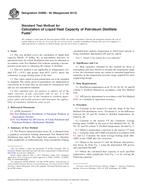 ASTM D2890-92(2013)..
ASTM D2890-92(2013)..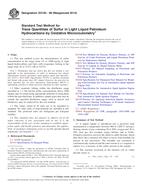 ASTM D3120-08(2014)..
ASTM D3120-08(2014)..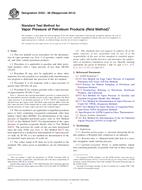 ASTM D323-08(2014)..
ASTM D323-08(2014)..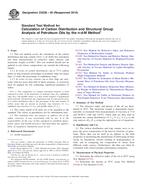 ASTM D3238-95(2010)..
ASTM D3238-95(2010)..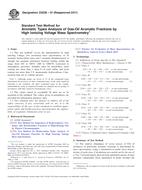 ASTM D3239-91(2011)..
ASTM D3239-91(2011)..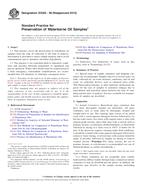 ASTM D3325-90(2013)..
ASTM D3325-90(2013)..
 Cookies
Cookies
